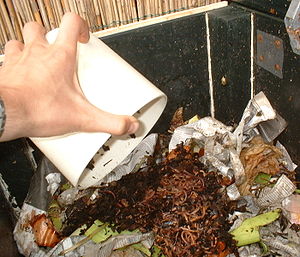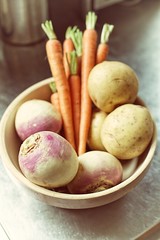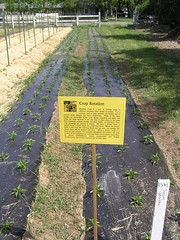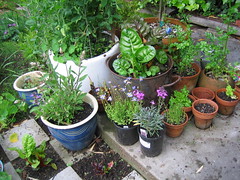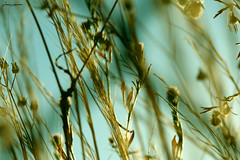Setting Up Your Worm Farm - The Bin
| Freshly bedded worm bin, garden waste mixed with finished aerobic compost. (Photo credit: Wikipedia) |
Other than purchasing a unit online or through a commercial worm farmer, set ups can be made at home out of a number of household items. Plastic tubs or large wooden boxes can be altered and provide a perfect home for these working worms.
Multiple layers are needed to provide a space for the liquid at the bottom. The liquid will run off the soil above and can be drained via a tap or hole at the bottom of the container. Within the upper layer of soil, the worms can move about towards the material to be composted.
Numerous models that can be purchased are also available for indoor use for those with limited or no outdoor space. Worm bins can typically be stacked for adding more worms later on.
Bedding & Location:
Appropriate bedding will need to be provided for the worms to ensure a healthy life cycle. Peat moss or coconut fiber containing a small amount of compost material is well accepted. Bedding should always be moist for worms. Many prepackaged worm bins come complete with bedding and set up instructions.
Location of the bin is important as well. Worms are unable to tolerate extremes in temperature. A location where temperature can be controlled between 72 - 75 degrees Fahrenheit, or choosing a fully insulated system, will help keep the worms healthy and happy. The level of moisture within the bin can be affected by location too.
| Worms on a worm bin lid. (Photo credit: Wikipedia) |
Once a bin has been chosen and prepared, the worms will need to be added to start the farm. Various worms are readily available. Red Wigglers are the best choice for composting farms while European Night Crawlers are best for live bait if you're into fishing.
When worms are purchased, they typically come with acclimation instructions. An important step is to be sure the bedding and unit are fully prepared before the worms arrive for placement within the farm.
Feeding:
Feeding the worms is the fun part. They can consume any number of items to be used as compost including fruit and vegetable scraps, egg shells, paper products, cotton rags, soaked cardboard boxes, leaves, dirt and hair. Items should be cut down to manageable sizes. Fruits should be sliced into strips for easier consumption by the worms.
Place a layer of items to be consumed on the top layer of the soil. To avoid over feeding, only add more food when most of previously fed food has been eaten.
Using Your Worm Compost:
Worm castings can be found in the bottom layer of the soil. This natural fertilizer can be added directly to flower beds and gardens. A liquid fertilizer can be made by adding water to castings for plants and flowers that prefer to be fed directly at the roots.
Worm farming is relatively low maintenance. If the habitat is less than desirable, the worms will often simply crawl away in search of better living conditions. Keeping the temperature constant, moisture at an appropriate level and food readily available will help ensure a healthy and happy supply of working worms - and a great supply of organic fertilizer for your garden!
Worm Farm Composting Kits & Bins:



